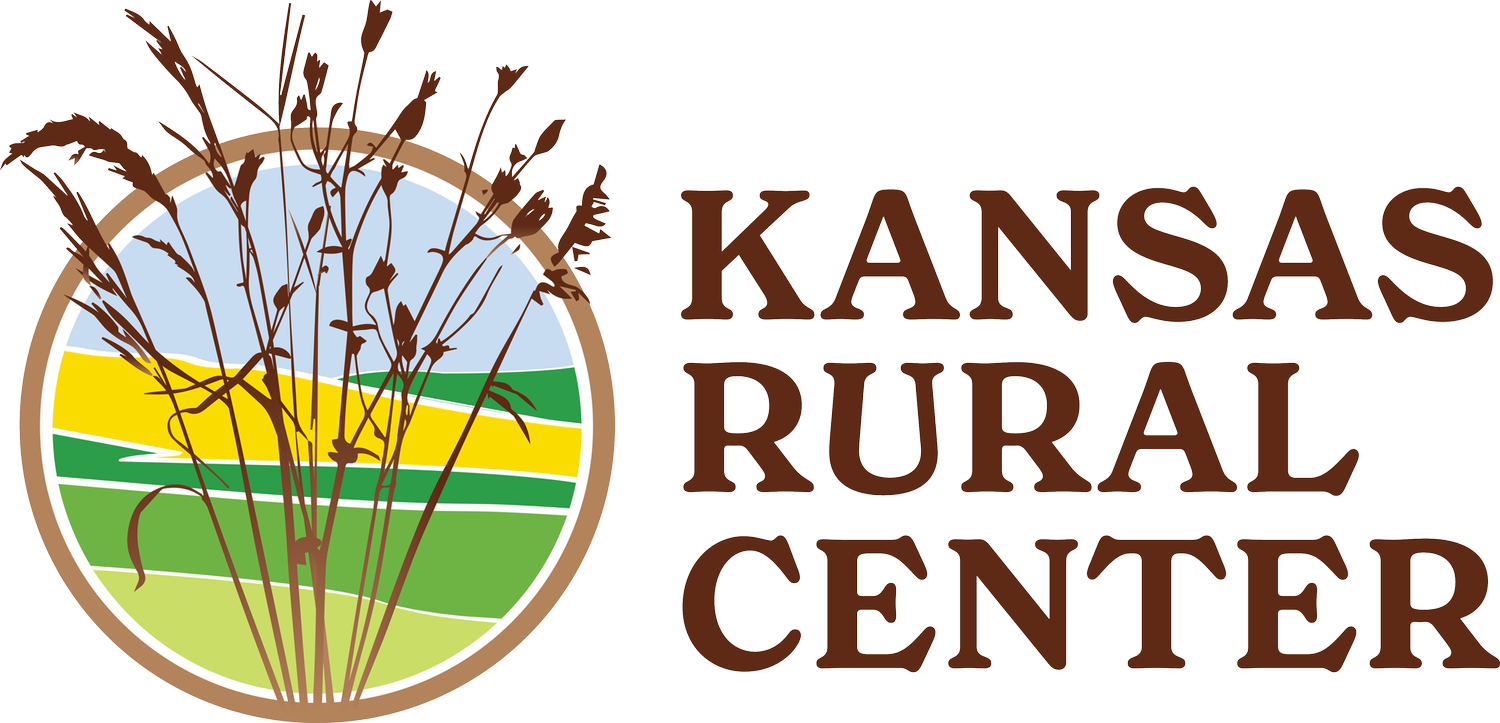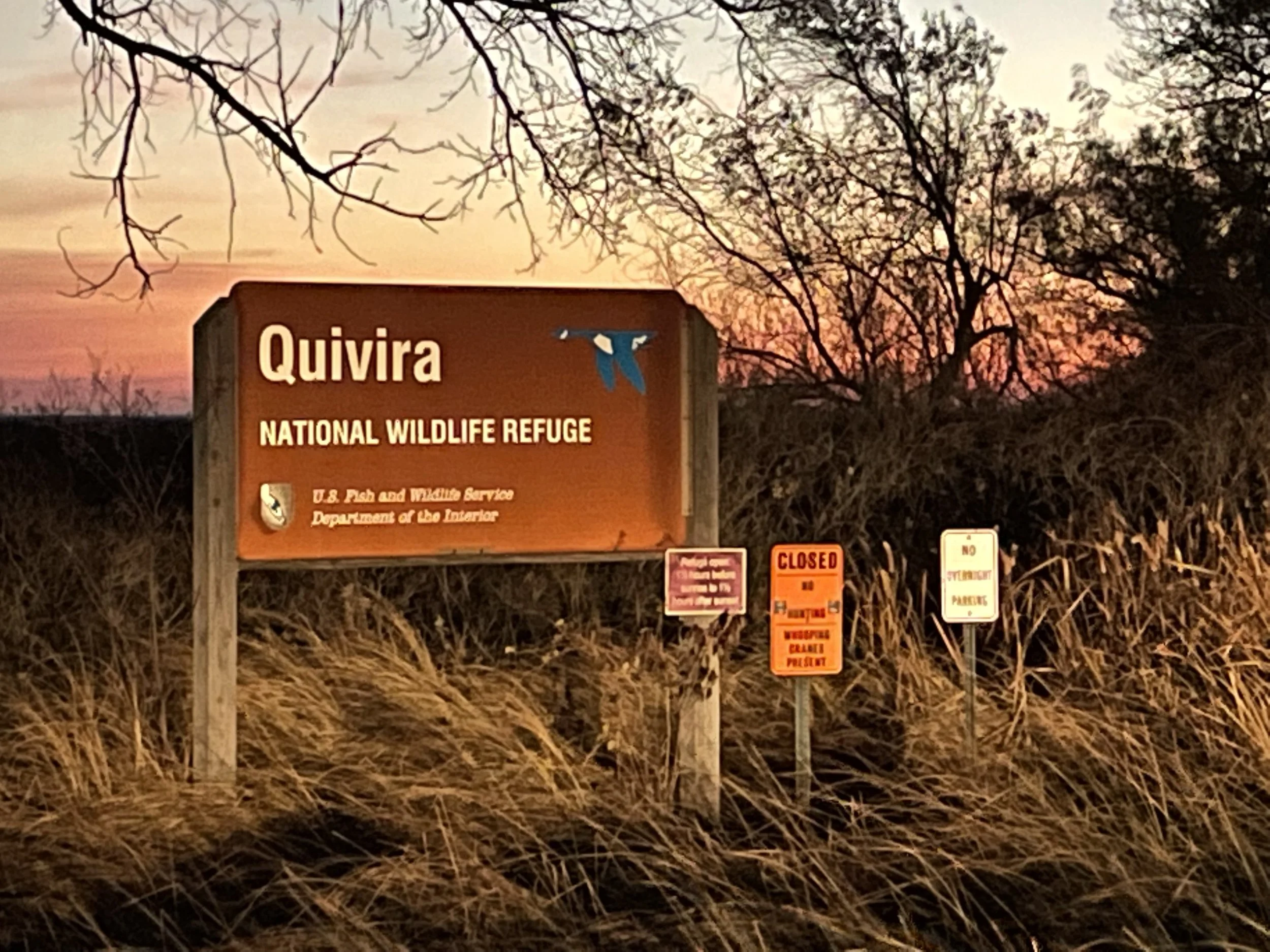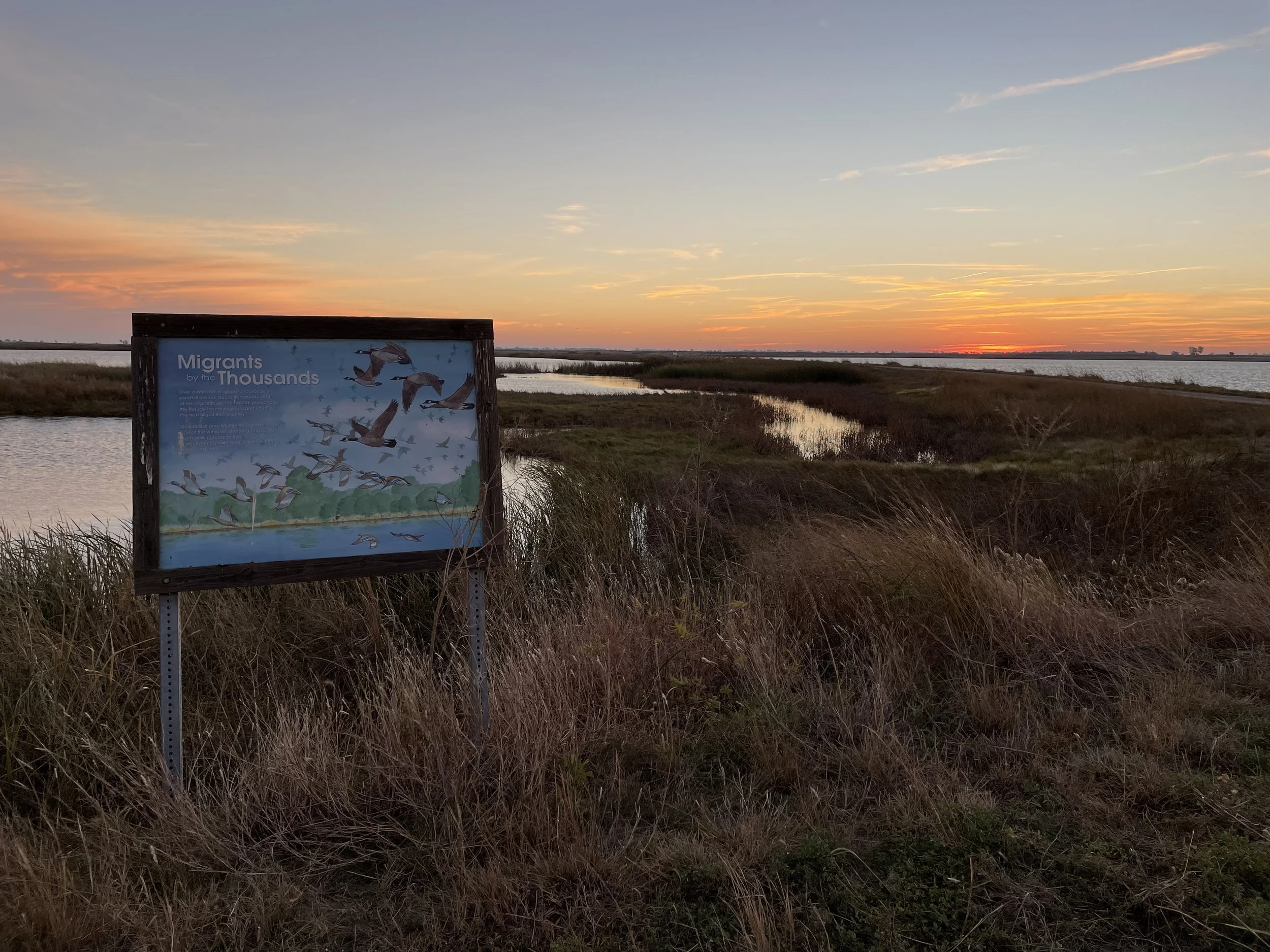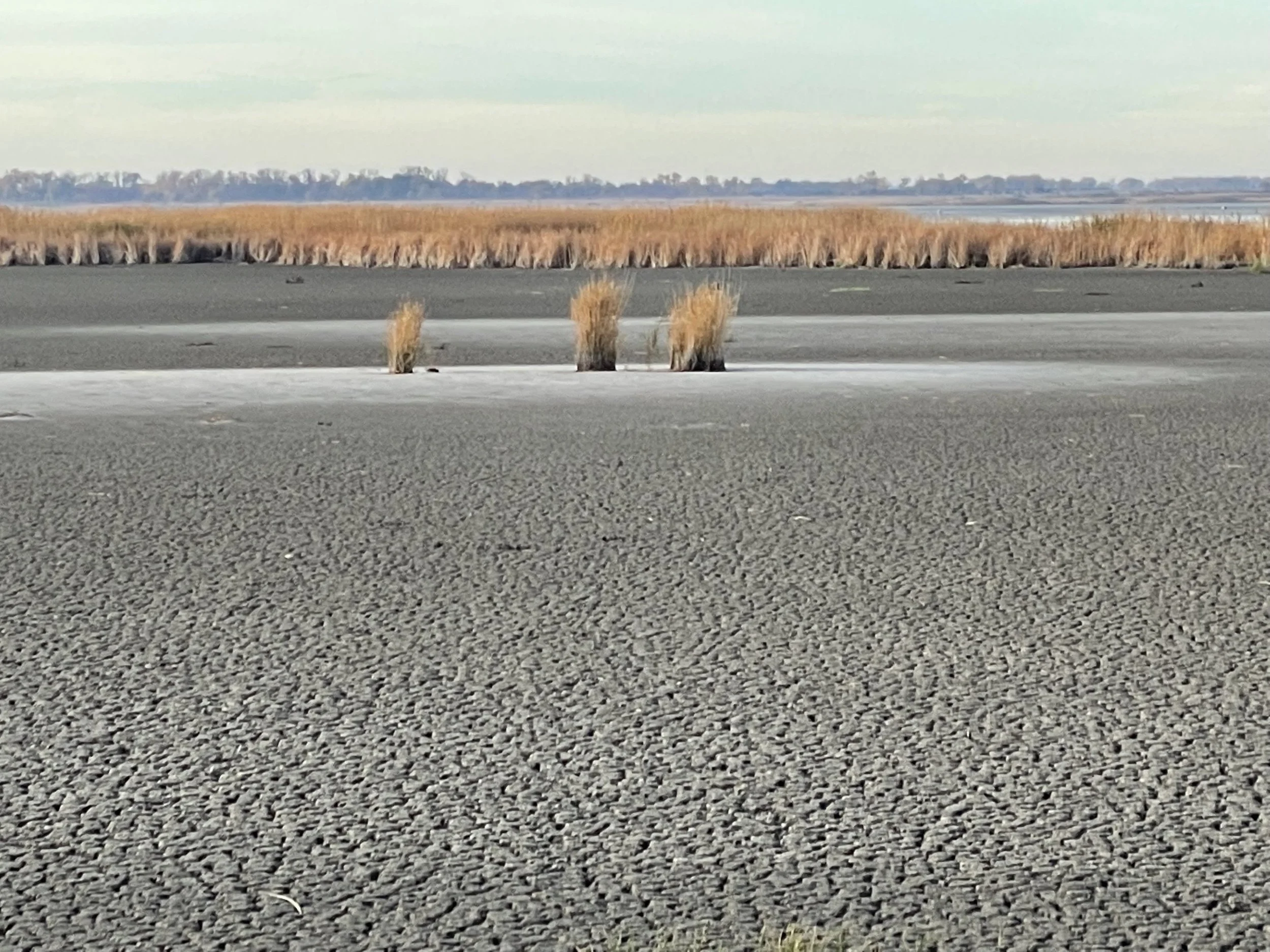Farmers Joining the Plight to Conserve the Quivira Wetlands
Rattlesnake Creek crosses 6 Kansas Counties before reaching the salty marshes of the 22,135-acre Quivira National Wildlife Refuge (Quivira). This natural wonder provides year-round habitat and is an important migratory stop for several species, including the Whooping Crane, Black Rail, Snowy Plover, and Interior Least Tern. Throughout the years, Quivira has found itself in competition for its precious water resource with farms and municipalities also drawing from Rattlesnake Creek as it meanders across the plains. And so Quivira, like many other bodies of water in Kansas, has seen a reduction in water levels. In this case, the impairment has caused Quivira to call in its senior water rights, a demand that limits the use of water by its junior water rights holders.
For farmers who have been depending on water for their irrigated crops, this action would be extremely detrimental, and so in reaction to Quivira’s call to enforce its rights, Governor Kelly asked that work be done to increase Quivira’s water supply while giving farmers time to adjust.
In response to this request, the following groups joined together to create a solution: Kansas Department of Agriculture’s Division of Water (DWR) Resources, U.S. Fish and Wildlife Services, Big Bend Groundwater Management District 5 (GMD 5), The Nature Conservancy (TNC), Audubon of Kansas, Sierra Club Kansas, Kansas Farm Bureau, Kansas Livestock Association, Kansas Corn, Kansas Water Users Association, WaterPACK, and Kansas Agribusiness Retailers Association.
From this group, GMD 5 and Water PACK created the Central Kansas Water Bank Association’s CAMP Program. The CAMP Program is marketed as “a way that YOU can keep control of your water right, stabilize the local economy, and increase conservation!” The partners raised 1.3 million to join with State dollars, paying farmers to use less water by parking pivots for 1-5 years. This program saved 2,500-3,000 feet of water in the first year. These temporary water-saving measures give the other area farmers time to experiment with water-saving practices that will allow them to continue their operations when Quivira eventually calls for its complete water right to be enforced. In addition to the CAMP Program, a pilot augmentation well was created to show what augmentation to Quivira would look like
While some of us may not immediately identify farms with commodity crops as advocates for water, David Wood, born and raised in farming, has proved that idea is more of a trope. He fully understands the need to protect Quivira’s water rights and is leading the charge to find better methods of crop production that reduce overall water usage. Through his experimentation, he has found that saving water results in saving dollars, greatly increasing his enthusiasm to satiate Quivira. David has found that lowering irrigation’s water flow to be below the corn canopy significantly increases the amount of water that is able to be absorbed by the crops. So, while he is applying less water from his pivots, he is seeing a greater absorption rate. He recalls that even on a windy day, there is very little evaporation. On David’s first test plot he saw 30 ft. per acre less water usage than from other wells in the area. After implementing these practices further across the farm, he boasts that his water sustainability rate overall has gone from 75% to 96% and 98% and that he looks forward to getting that number to 100% or above. Additional benefits to these water saving measures have been stronger stocks and stems that can endure wind and storms, more disease resistance, and fewer inputs, like nitrogen and pesticides, are needed. David remarks that “irrigation systems are not cheap to run. They cost a lot of money to go round and around. Anything that saves 2, 3, 4 passes a year is a huge win.”
Overall, the measures taken to decrease his water production have paid themselves back in increased yields and decreased inputs in the first year. David believes that because of successes like his, many other farmers are shifting to similar methods. While there is no one-size fits all solution to farming techniques these methods can be used as a place to start for other farmers interested in saving water or increasing profits.
David and his family are continuing their research, trying out varieties of corn that grow at different speeds and adjusting the amounts of plants per acre they grow to see the different effects. It is important to them, as water scarcity becomes more of an issue for Kansans each year, that they are ready if there is a time that they must significantly reduce water usage or shift completely to dryland crops. He encourages other farmers to start experimenting as well with even the smallest steps going in the right direction.
David and Jackie ended our conversation by discussing how they have enjoyed getting to know each other personally and through supporting each other’s work. This is a wonderful example of how agriculture and conservation practices can work in everyone’s favor.
To learn more about what individuals are doing to preserve Quivira’s water, David Wood, farmer and member of the Kansas Water Users Association and Jackie Augustine, Executive Director of Audubon of Kansas, joined me to record a podcast episode for Kansas Rural Center Presents.
You can also visit:
Quivira National Wildlife Refuge: fws.gov/refuge/quivira
Audubon of Kansas:www.audubonofkansas.org







